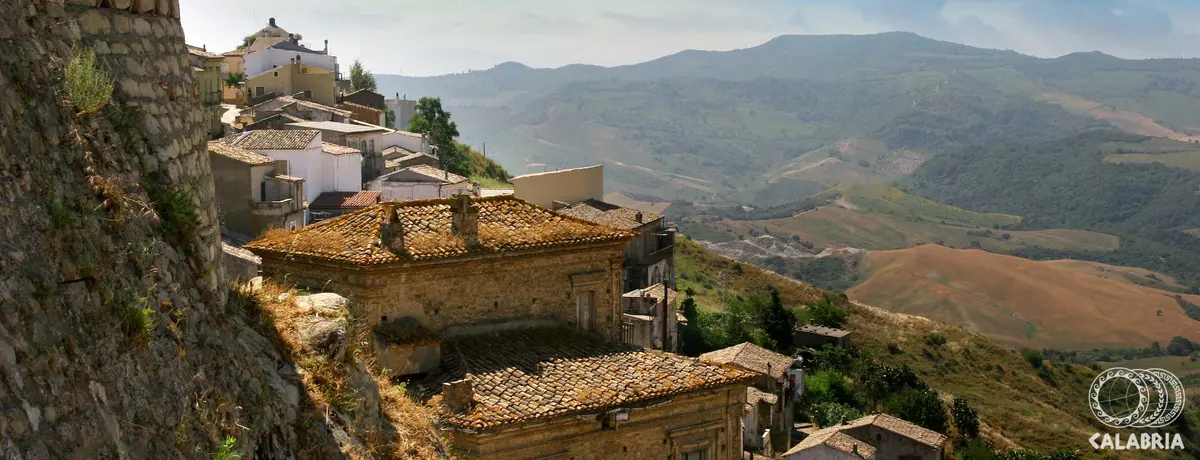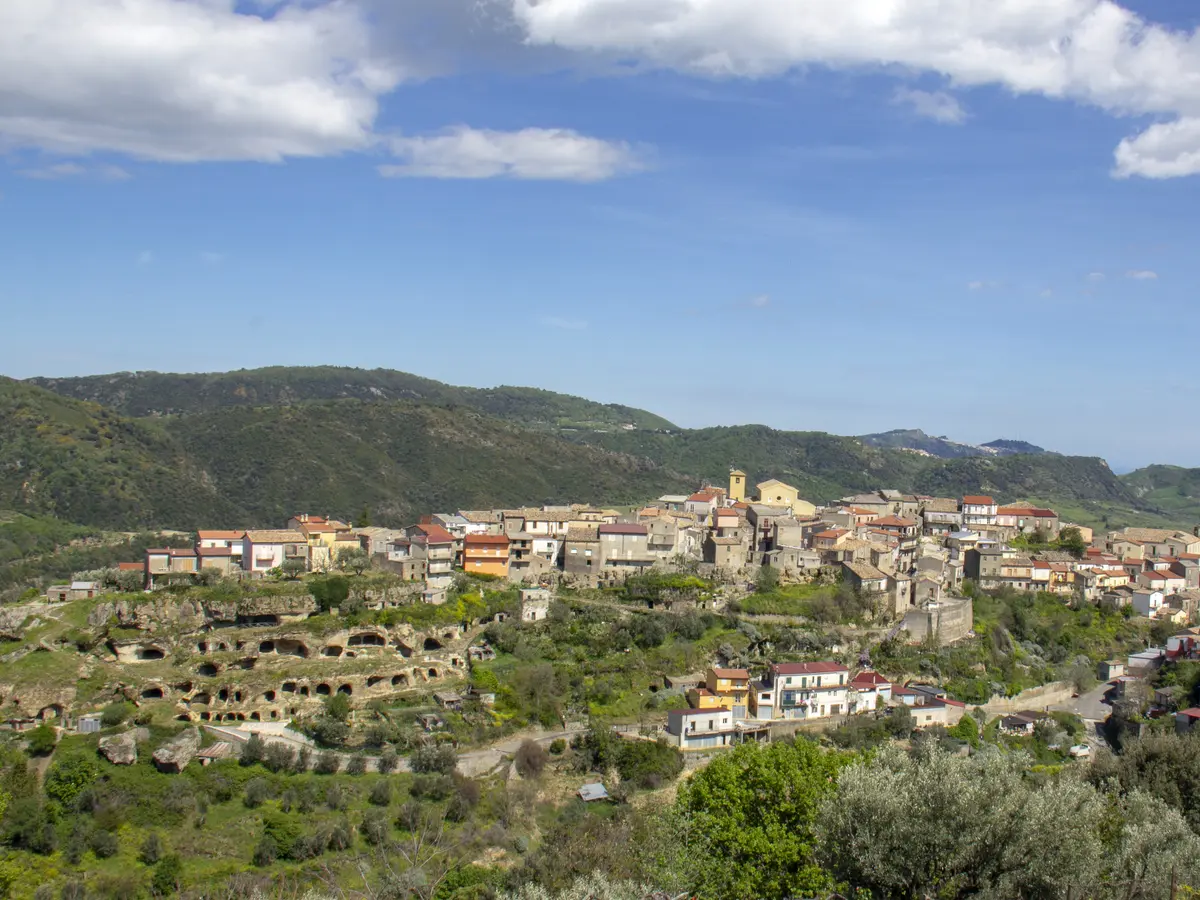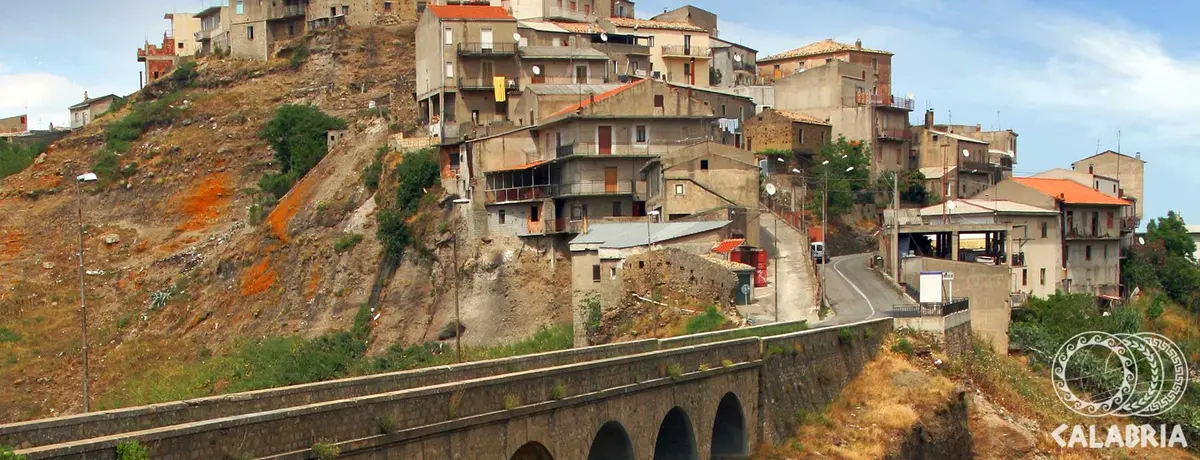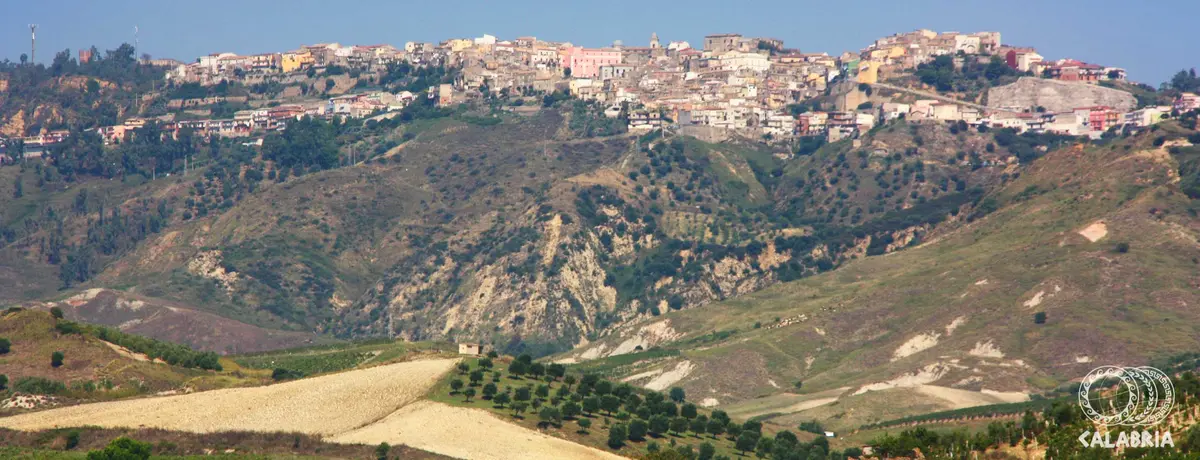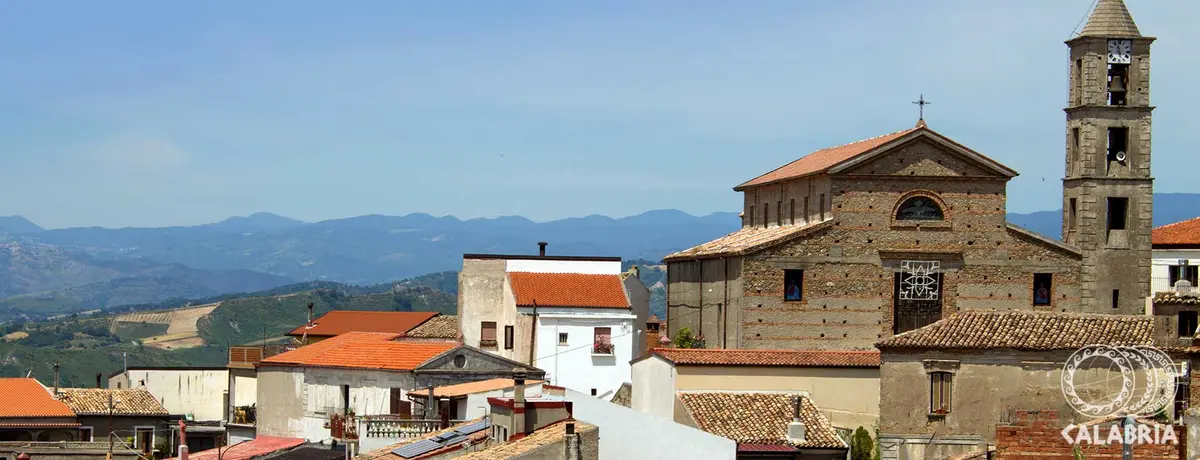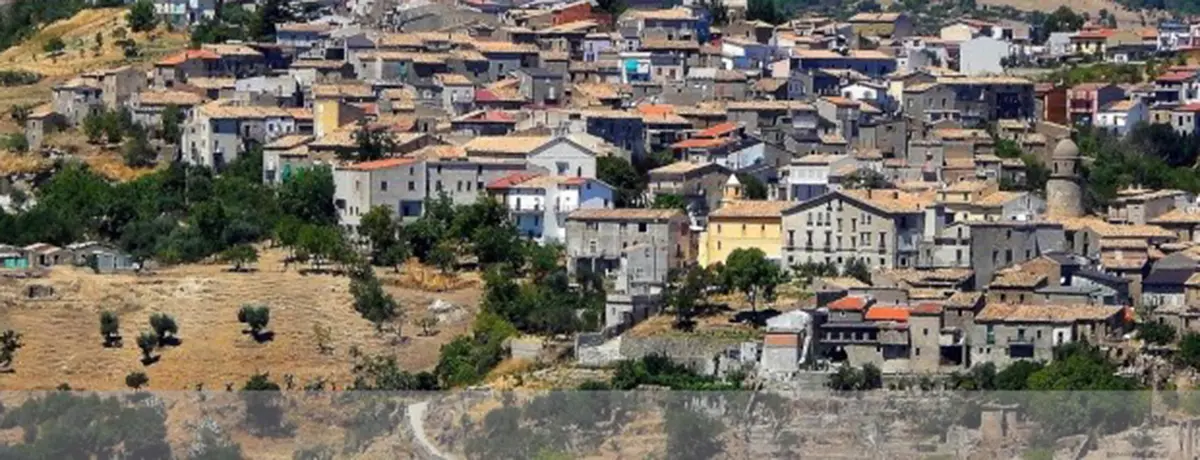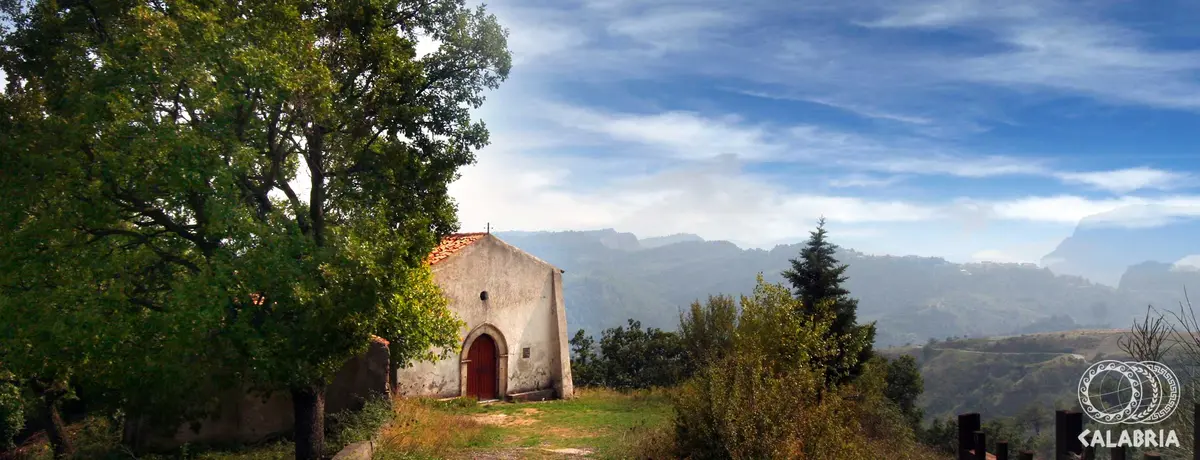Carfizzi
A community with ancient Albanian origins
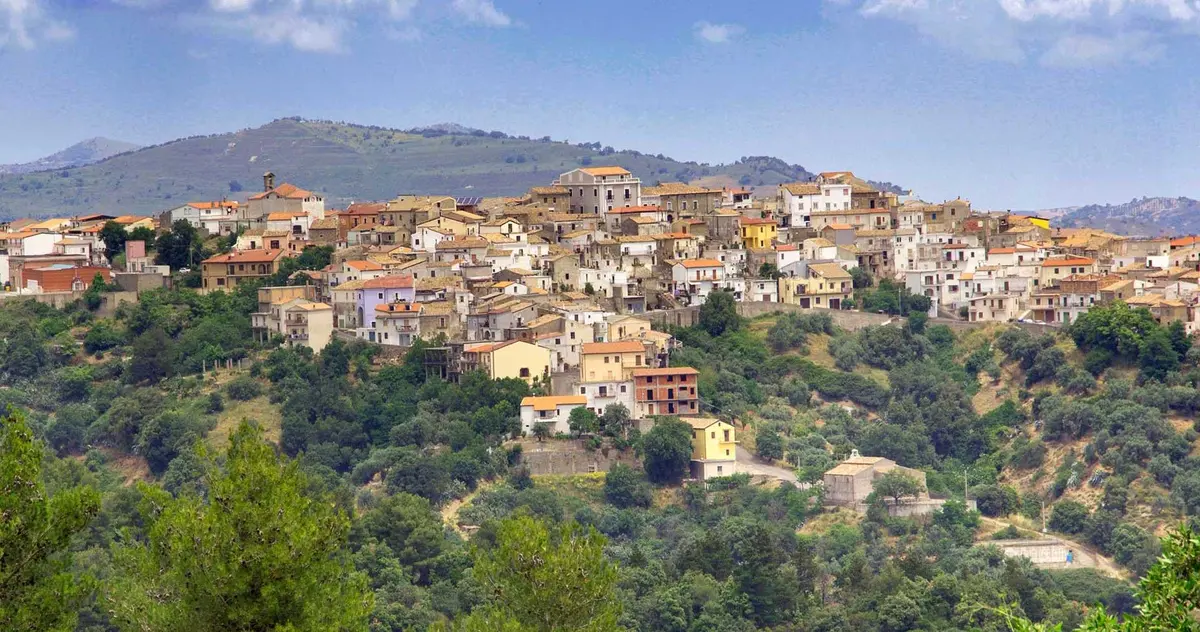
Town
Regione Calabria
Nestled on a hill in the Crotonese hinterland, Carfizzi is a small municipality of Arbëreshë (Italo-Albanian) origin, which preserves the Balkan language and traditions.
Carfizzi is famous for being the birthplace of the writer Carmine Abate, winner of the Campiello Prize for his novel The Hill of the Wind, inspired by these very places.
Walking through the streets and houses that still retain their rural style, the village of Carfizzi reveals its authentic soul, suspended between the atmosphere of Calabria of yesteryear and the customs of the community of Albanian origin, which is still active in passing on Eastern traditions and customs. An illustrious son of Carfizzi, the writer Carmine Abate was among the first to bring the narrative of these literary places to national prominence, a cultural heritage to be protected.
At the entrance to the town, we are welcomed by the Municipal Amphitheatre, but it is the main square (rahji) that is the favourite meeting place for the inhabitants, who enjoy the view of the surrounding hills and the Ionian coast from here. The oldest building in Carfizzi is Palazzo del Corridore, in the heart of the historic centre. Nature lovers can immerse themselves in the tranquillity of the Montagnella Park, 400 hectares of woodland stretching to the promontory, the Asturi Forest, the Crosari Lake and the impressive Giglietto Waterfall, which, with its 36-metre drop, is one of the most interesting waterfalls in Calabria.
Useful information
What to know about Carfizzi
Events
There are 1 events scheduled.
Travel Ideas
There are 3 travel ideas.
Infopoint Carfizzi
Carfizzi
No result

